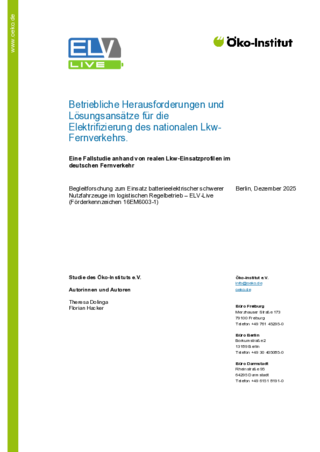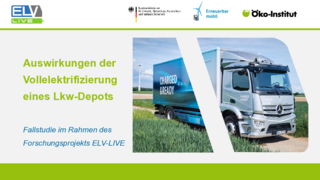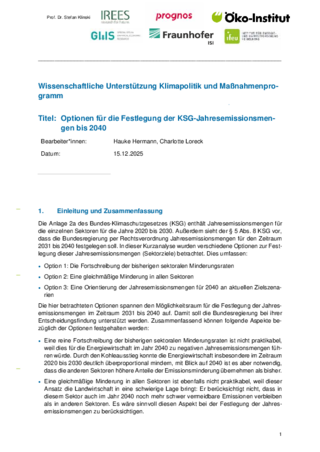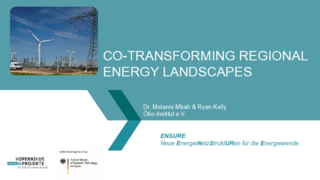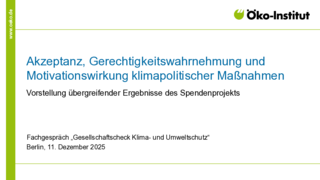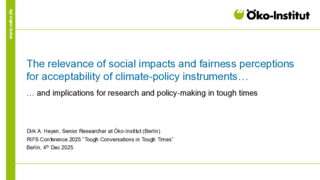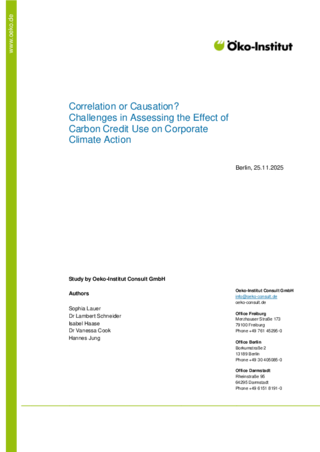Publications
The scientists at the Oeko-Institut publish their research findings in various formats, including studies, articles in specialist journals and brochures. A list of our publications is available here. The Institute’s reference list, with all our publications, can be found here. Our project database provides an overview of current and completed projects.


